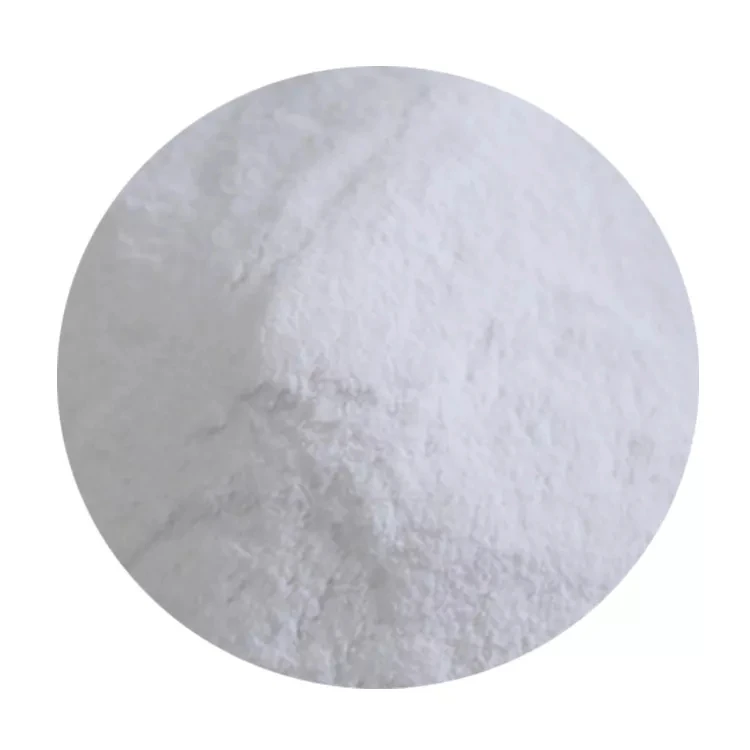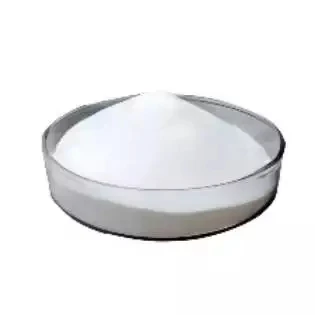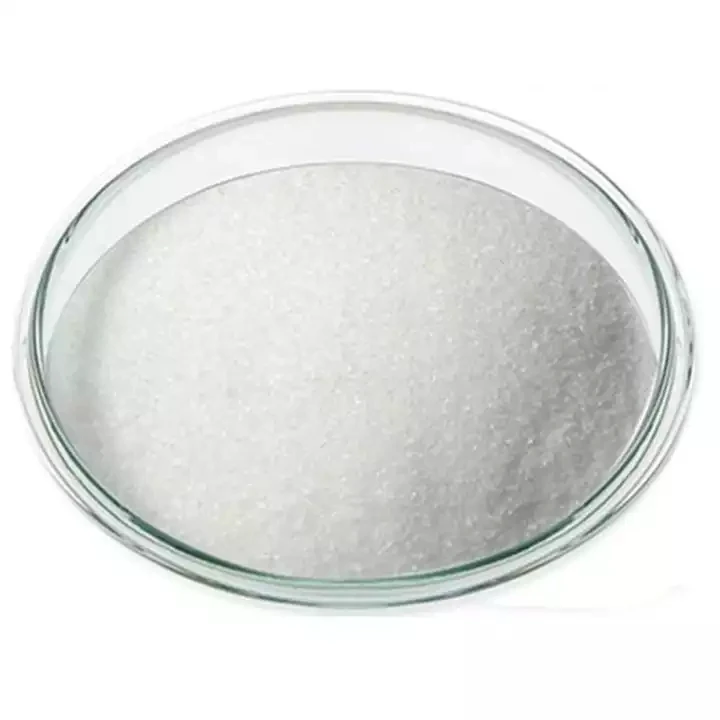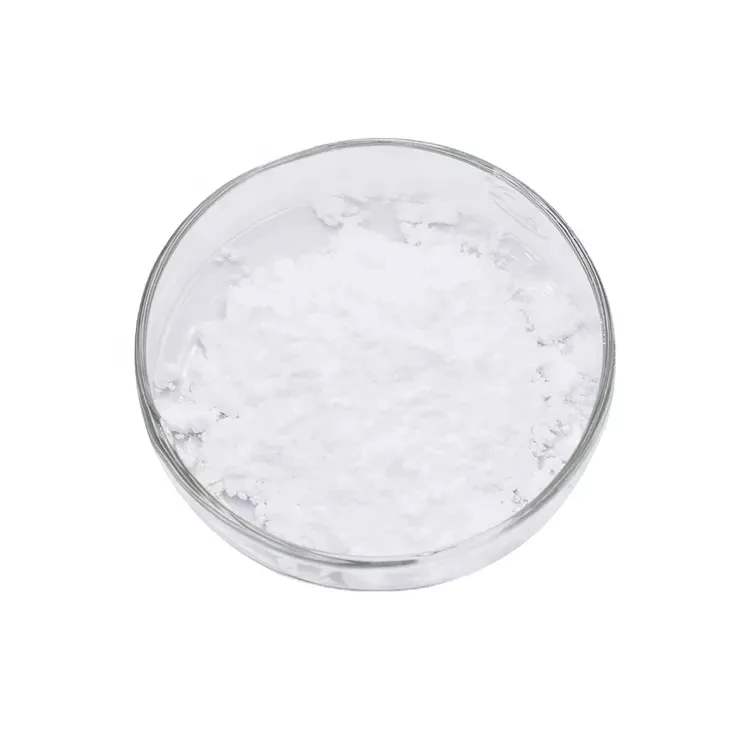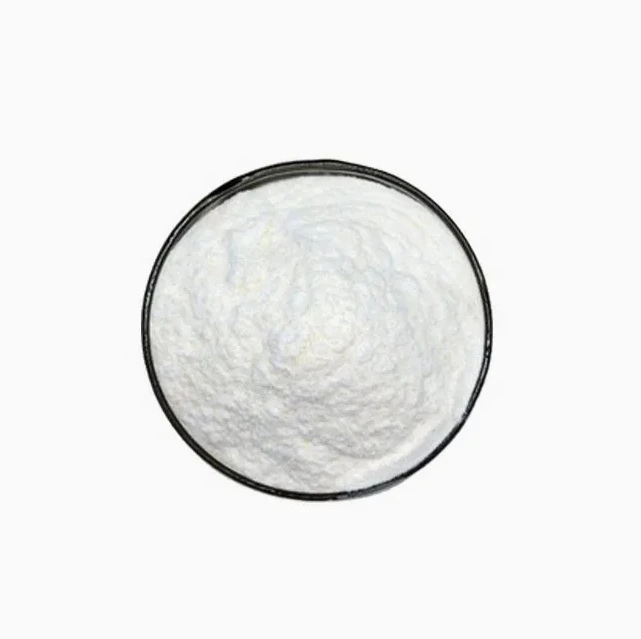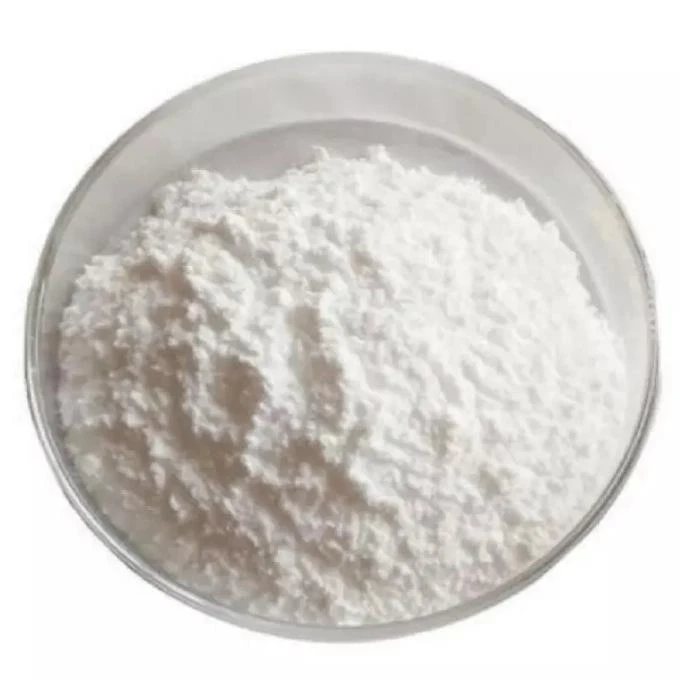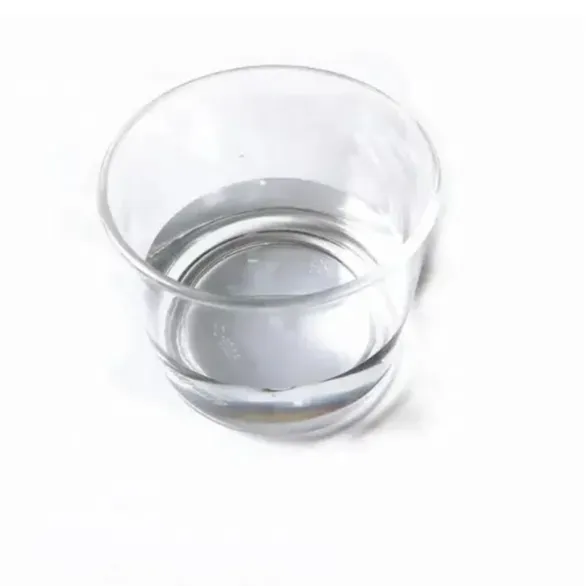Warning: Undefined array key "file" in /home/www/wwwroot/HTML/www.exportstart.com/wp-content/themes/1198/header.php on line 7
Warning: Undefined array key "title" in /home/www/wwwroot/HTML/www.exportstart.com/wp-content/themes/1198/header.php on line 7
Warning: Undefined array key "title" in /home/www/wwwroot/HTML/www.exportstart.com/wp-content/themes/1198/header.php on line 7
- Afrika
- Albania
- Amharic
- Arabic
- Armenian
- Azerbaijani
- Basque
- Belarusian
- Bengali
- Asụsụ Bosnia
- Bulgarian
- Catalan
- Cebuano
- China
- China (Taiwan)
- Corsican
- Asụsụ Croatia
- Czech
- Danish
- Dutch
- Bekee
- Esperanto
- Estonia
- Asụsụ Finnish
- French
- Onye Frisian
- Onye Galisi
- Asụsụ Georgian
- German
- Grik
- Gujarati
- Haitian Creole
- hausa
- Hawaian
- Hibru
- Mba
- Miao
- Asụsụ Hungarian
- Aislandi
- igbo
- Asụsụ Indonesian
- Irish
- Ịtali
- Japanese
- Asụsụ Javanị
- Kannada
- kazakh
- Khmer
- Onye Rwandan
- Korean
- Kurdish
- Kyrgyz
- TB
- Latịn
- Latvia
- Lithuania
- Luxembourgish
- Masedonia
- Malgashi
- Malay
- Malayalam
- Malta
- Maori
- Marathi
- Mongolian
- Myanmar
- Nepali
- Norwegian
- Norwegian
- Occitan
- Pashto
- Asụsụ Persia
- Polish
- Portuguese
- Punjabi
- Romanian
- Russian
- Samoan
- Scottish Gaelic
- Asụsụ Serbian
- Bekee
- Shona
- Sindhi
- Sinhala
- Slovak
- Slovenian
- Somali
- Spanish
- Asụsụ Sudan
- Swahili
- Swedish
- Tagalog
- Tajik
- Tamil
- Tatar
- Telugu
- Thai
- Turkish
- Turkmen
- onye Ukraine
- Urdu
- Uighur
- Uzbek
- Vietnamese
- Welsh
- Enyemaka
- Yiddish
- Yoruba
- Zulu
Artemisinin
Artemisinin, has been for over two millennia, one of the most common herbs prescribed in traditional Chinese medicine (TCM)(1).
Artemisinin acts in a multi-specific manner also against hematological malignancies. The chemical structure of Artemisinin is a sesquiterpene lactone, which contains an endoperoxide bridge essential for activity. The main mechanism of action of Artemisinin and its derivatives(artesunate, dihydroartemisinin, artemether) toward leukemia, multiple myeloma, and lymphoma cells comprises oxidative stress response, inhibition of proliferation, induction of various types of cell death as apoptosis, autophagy, ferroptosis, inhibition of angiogenesis, and signal transducers, as NF-κB, MYC, amongst others.
Many in vivo experiments in disease-relevant animal models demonstrate therapeutic efficacy of artemisinin-type drugs against rheumatic diseases (rheumatoid arthritis, osteoarthritis, lupus erythematosus, arthrosis, and gout), lung diseases (asthma, acute lung injury, and pulmonary fibrosis), neurological diseases (autoimmune encephalitis, Alzheimer's disease, and myasthenia gravis), skin diseases (dermatitis, rosacea, and psoriasis), inflammatory bowel disease, and other inflammatory and autoimmune diseases.
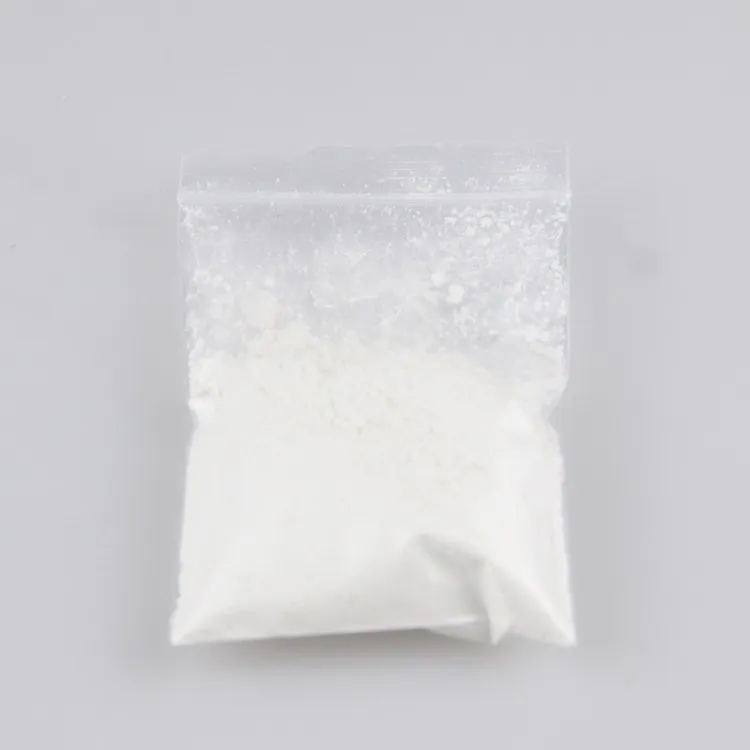
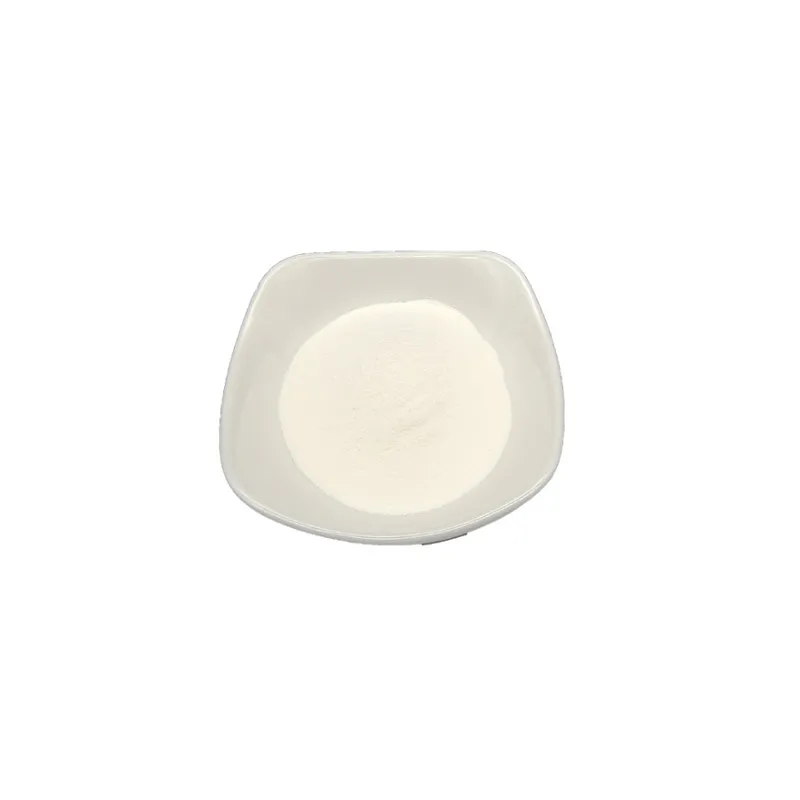

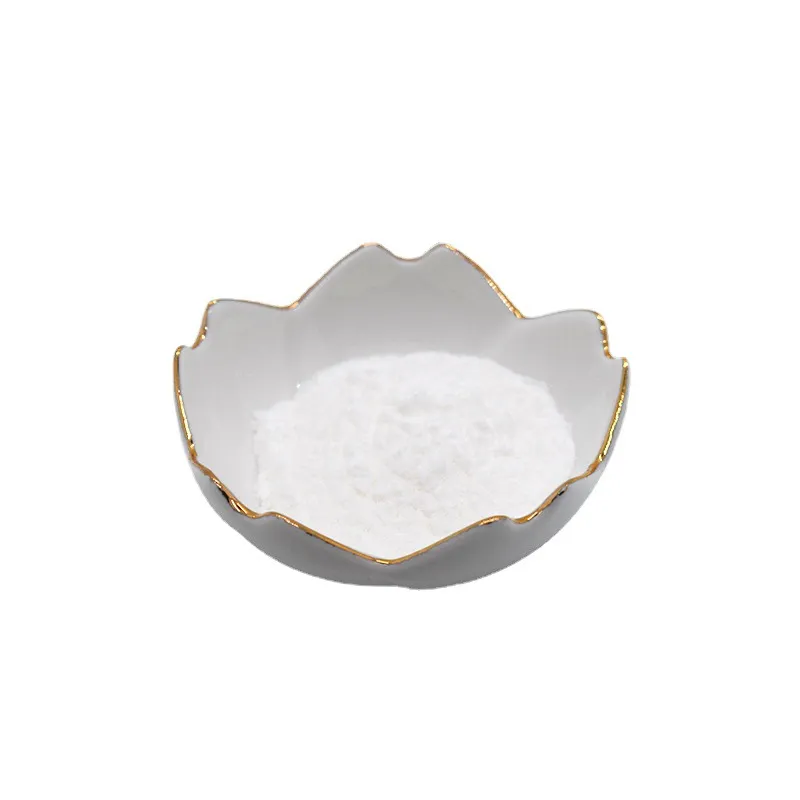
1) Vinpocetine is chemically related to, and derived from vincamine, an alkaloid found in the periwinkle plant.
2) It was introduced into clinical practice in Europe more than two decades ago for its role in cerebrovascular
disorders and related symptoms.
3) Experiments with this periwinkle extract indicate that it can dilate blood vessels, cross the blood-brain
barrier, enhance circulation in the brain, improve oxygen utilization, make red blood cells more pliable, and
inhibit aggregation of platelets.
4) Vinpocetine even has antioxidant properties. Levels peak in the bloodstream within an hour and a half
after ingestion.
1.Artemisia apiaceais used as an antimalarial drug. The clinical application proves that artemisinin and its derivatives have special effects on malaria and falciparum malaria, especially Artemtherin, which is more effective than other artemisinin drugs.
2. Applicable to a variety of malaria, such as falciparum malaria, vivax malaria, anti-chloroquine malaria, and cerebral malaria.
3. The treatment of discoid lupus has a total effective rate of 90%.
4. The treatment of dengue fever is significantly better than Western medicine.
5. Immunologists also found that artemisinin can significantly increase the lymphocyte transformation rate and enhance the immune function of antibodies.
Anyị nwere ọtụtụ ụlọ ọrụ dị elu nke nwere nkwado miri emi, nke nwere ike inye gị ngwaahịa dị elu na ọnụ ahịa asọmpi. Anyị nwekwara ike inye ego maka nnukwu ịzụrụ ihe. Anyị na-akwado ọtụtụ ụlọ ọrụ na-ebuga ibu ndị ọkachamara, nwere ike ịnapụta ngwaahịa n'enweghị nsogbu na aka gị. Oge nnyefe bụ ihe dịka ụbọchị 3-20 mgbe nkwenye nke ịkwụ ụgwọ gasịrị.
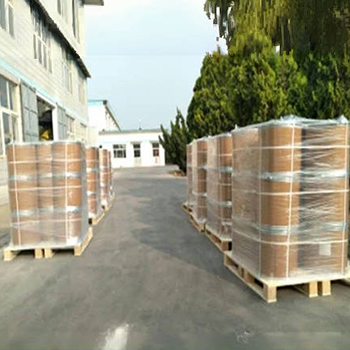


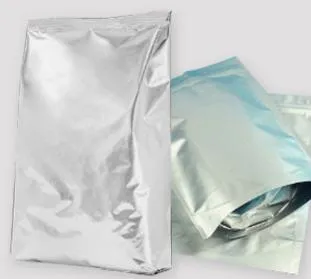
|
ITEM
|
Nkọwapụta
|
METHOD
|
|
Physical Description
|
||
|
Ọdịdị
|
White Powder
|
Visual
|
|
Isi
|
Characteristic
|
Organoleptic
|
|
Taste
|
Characteristic
|
Olfactory
|
|
Particle size
|
95%-99%% through 80 mesh
|
CP2015
|
|
Chemical Tests
|
||
|
Artemisinin
|
≥99%
|
HPLC
|
|
Loss on drying
|
≤1.0%
|
CP2015 (105 oC, 3 h)
|
|
Ash
|
≤1.0 %
|
CP2015
|
|
Total Heavy Metals
|
≤10 ppm
|
CP2015
|
|
Cadmium (Cd)
|
≤1 ppm
|
CP2015(AAS)
|
|
Mercury (Hg)
|
≤1 ppm
|
CP2015(AAS)
|
|
Lead (Pb)
|
≤2 ppm
|
CP2015(AAS)
|
|
Arsenic (As)
|
≤2ppm
|
CP2015(AAS)
|
|
Microbiology
|
||
|
Total plate count
|
≤1000 CFU/g
|
Na-akwado
|
|
Yeast & mold
|
≤100 CFU /g
|
Na-akwado
|
|
E.coli
|
Ihe ọjọọ
|
Ihe ọjọọ
|
|
Salmonella
|
Ihe ọjọọ
|
Ihe ọjọọ
|
Artemisinin (qinghaosu) is an antimalarial compound first isolated in pure form in 1972 by Chinese scientists from the herb qinghao (Artemisia annua). This herb (worm wood) has been used in Chinese traditional medicine to control fever for over 2000 years . Artemisinin is a compound with a peculiar structure, low toxicity and high efficacy even in severe chloroquine resistant P. falciparum malaria. Unlike current antimalarial drugs which have a nitrogen-containing heterocylic ring system, it is a sesquiterpene lactone with an endoperoxide linkage. The endoperoxide linkage is essential for the antimalarial activity of the drug. Artemisinin has been shown to be a potent schizontocidal drug both in vitro and in experimental animal models, but it has no practical effect against the exoerythrocytic tissue phase, the sporozoites and the gametocytes.
Ngwa
1.Treatment of chronic hepatitis;
2.Treatment of tuberculosis breathing disorder;
3.Treatment of chronic bronchitis;
4.Treatment of acute dysentery;
5.Treatment of vivax malaria;
6.Dermatitis Treatment Oncosphere

1. Ị bụ ụlọ ọrụ mmepụta ihe ma ọ bụ ụlọ ọrụ ịzụ ahịa?
Anyị bụ ụlọ ọrụ na-ejikọta ụlọ ọrụ na ịzụ ahịa, na-enye ọrụ nkwụsịtụ.OEM nwere ike ịnakwere.
2. Ị na-enye samples? Ọ bụ n'efu ka ọ bụ mgbakwunye?
Free samples. The sample si ibu ego kwesịrị ịkwụ ụgwọ gị n'akụkụ.
3. Ị nwere asambodo ọ bụla metụtara njikwa mma?
ISO 9001: 2008 asambodo iji hụ na ịdị mma.
4. Kedu ihe m ga-enye ka m nweta nhota okwu?
Pls na-agwa anyị ụdị ngwaahịa nke ị chọrọ, iji ọnụ ọgụgụ, adreesị na ihe ndị a chọrọ. A ga-edepụta nkwupụta maka ntinye aka gị n'oge.
5. Kedu ụdị usoro ịkwụ ụgwọ na-amasị gị? Kedu ụdị usoro anabatara?
Usoro nnyefe anabatara: FOB, CFR, CIF, EXW;
Ego ịkwụ ụgwọ anabatara: USD;
Ụdị ịkwụ ụgwọ anabatara: T/T, Western Union; Paypal, ahia ahia.
Asụsụ Asụsụ: Bekee.
Ụdị ngwaahịa
-
 May . 13, 20252025 European Fine Chemicals Exhibition in GermanyThe much-anticipated Fine Chemicals Europe 2025 will be held in Germany from June 4 to 5, 2025. The event will bring together industry leaders, innovators and stakeholders in the fine chemicals sector, providing a unique platform for networking, collaboration and showcasing the latest advances in the field.
May . 13, 20252025 European Fine Chemicals Exhibition in GermanyThe much-anticipated Fine Chemicals Europe 2025 will be held in Germany from June 4 to 5, 2025. The event will bring together industry leaders, innovators and stakeholders in the fine chemicals sector, providing a unique platform for networking, collaboration and showcasing the latest advances in the field. -
 May . 07, 20252025 New York Cosmetics Ingredients ExhibitionThe much-anticipated 2025 Cosmetics Ingredients New York will be held at the Javits Center in New York from June 3 to 4, 2025. This event will bring together industry leaders, innovators and enthusiasts from all over the world to discuss the latest trends and advances in the field of cosmetic ingredients.
May . 07, 20252025 New York Cosmetics Ingredients ExhibitionThe much-anticipated 2025 Cosmetics Ingredients New York will be held at the Javits Center in New York from June 3 to 4, 2025. This event will bring together industry leaders, innovators and enthusiasts from all over the world to discuss the latest trends and advances in the field of cosmetic ingredients. -
 Apr . 27, 2025Zibo will host the 2025 International Chemical ExpoZibo, a city known for its thriving chemical industry, will host the 2025 Zibo International Chemical Expo from May 16 to May 18, 2025. This highly anticipated event aims to bring together industry leaders, innovators and stakeholders from around the world to explore the latest advancements and trends in the chemical industry.
Apr . 27, 2025Zibo will host the 2025 International Chemical ExpoZibo, a city known for its thriving chemical industry, will host the 2025 Zibo International Chemical Expo from May 16 to May 18, 2025. This highly anticipated event aims to bring together industry leaders, innovators and stakeholders from around the world to explore the latest advancements and trends in the chemical industry.


